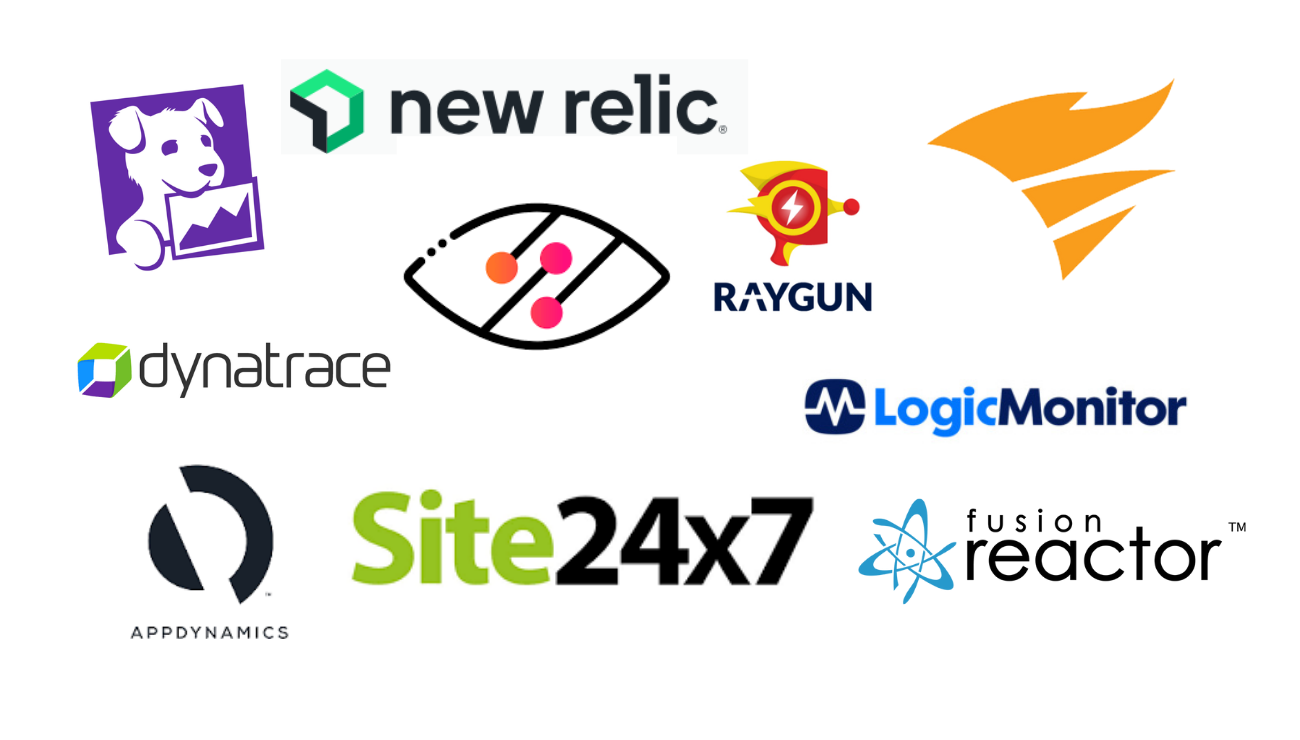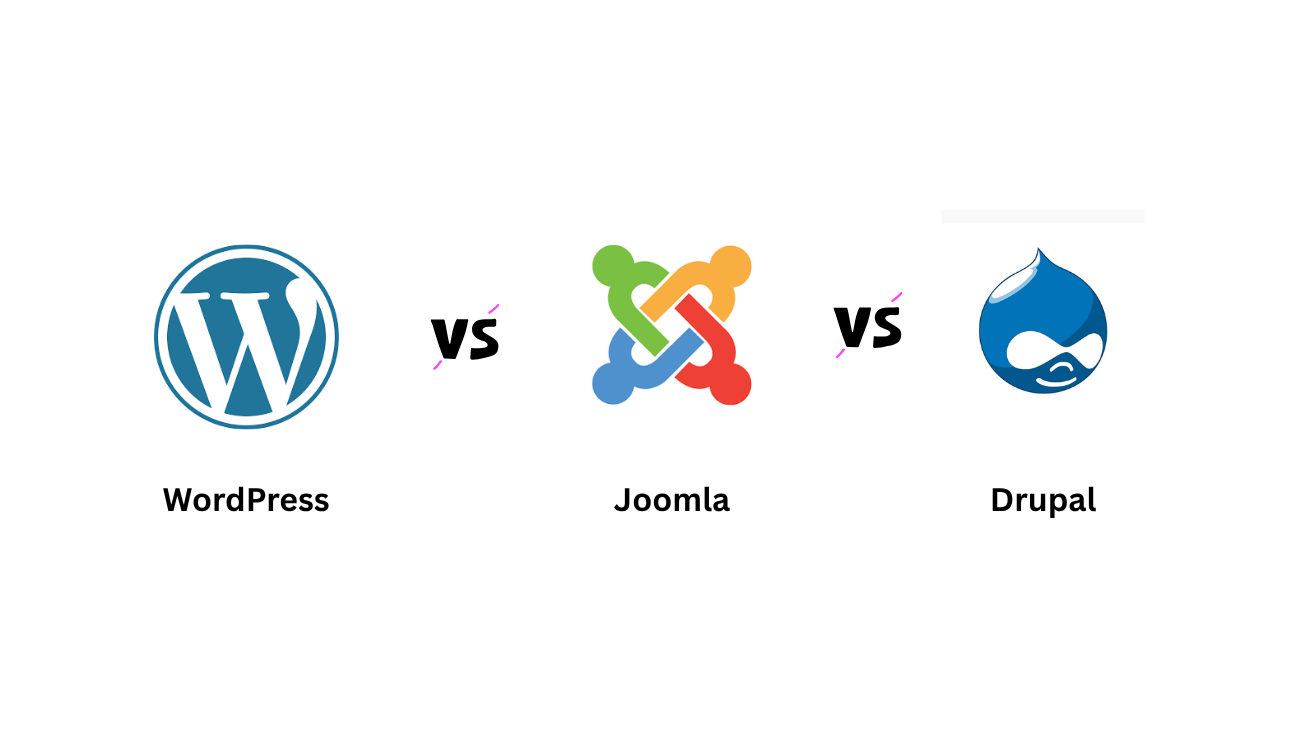
📌 Introduction
In today's fast-paced digital landscape, delivering software solutions swiftly and efficiently is paramount. Rapid Application Development (RAD) is an agile methodology that prioritizes rapid prototyping and user feedback over extensive planning. By focusing on iterative development, RAD enables teams to adapt quickly to changing requirements and deliver high-quality applications in shorter timeframes.
🔍 What Is RAD?
Rapid Application Development (RAD) is a software development approach that emphasizes quick prototyping and iterative delivery. Unlike traditional methods, RAD minimizes planning phases and focuses on building functional prototypes that evolve based on user feedback. This approach allows for faster development cycles and more flexible responses to changing requirements.
⚙️ Core Phases of RAD
The RAD model typically involves four key phases:
-
Requirements Planning: Stakeholders collaborate to define project objectives and constraints.
-
User Design: Developers and users work together to create prototypes and refine system designs.
-
Construction: The actual development of the system occurs, with continuous user involvement.
-
Cutover: Final testing, data conversion, and system deployment take place.
✅ Benefits of RAD
-
Faster Time-to-Market: Accelerates the development process, allowing for quicker delivery of functional software.
-
Enhanced Flexibility: Easily accommodates changes and refinements based on user feedback.
-
Improved User Involvement: Continuous user participation ensures the final product aligns with user needs.
-
Cost Efficiency: Reduces development costs by minimizing planning phases and leveraging reusable components.
-
Higher Quality: Iterative testing and feedback loops lead to more robust and reliable applications.
⚠️ Limitations of RAD
-
Resource Intensive: Requires dedicated time and effort from users and developers throughout the project.
-
Not Suitable for All Projects: May not be ideal for large-scale or highly complex systems.
-
Potential for Scope Creep: Frequent changes can lead to project delays if not managed properly.
-
Dependency on Skilled Personnel: Success relies heavily on the expertise of the development team and active user participation.
📈 When to Use RAD
Consider adopting RAD in the following scenarios:
-
Short Development Timeframes: When a quick turnaround is essential.
-
High User Involvement: Projects that benefit from continuous user feedback.
-
Flexible Requirements: When requirements are expected to evolve during development.
-
Prototyping Needs: For projects that require rapid prototyping to visualize concepts.
🏁 Conclusion
Rapid Application Development offers a flexible and efficient approach to software development, particularly suited for projects requiring quick delivery and active user involvement. By embracing RAD, organizations can enhance collaboration, adapt to changing requirements, and deliver high-quality applications in shorter timeframes.




